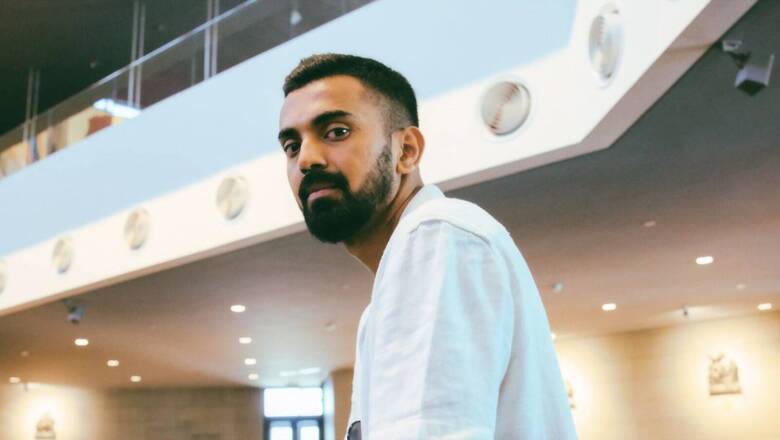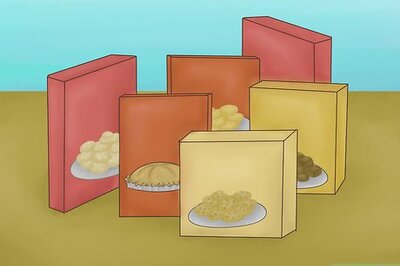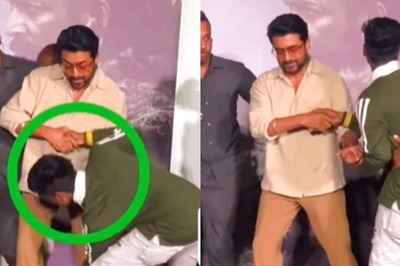
views
Indian batter KL Rahul recently underwent hernia surgery in Germany. Rahul was expected to lead Team India in the five-match T20I series against South Africa back in June but the injury ruled him out. Rishabh Pant handled the leadership duties against the Proteas. KL Rahul also failed to feature in the T20I series against Ireland and the one-off Test match against England.
Taking to his Instagram space, Rahul updated his fans that the surgery was successful and thanked them for the messages and prayers. He wrote, “Hello everyone. It’s been a tough couple of weeks, but the surgery was successful. I am healing and recovering well. My road to recovery has begun. Thank you for your messages and prayers. See you soon.”
Since KL Rahul sustained the injury, people have been curious about the injury and surgery. So, here is a roadmap to a detailed explanation of sports hernia or Gilmore’s Groin.
According to Cleveland Clinic, despite its name, a sports hernia is not actually a hernia. The condition’s medical term is athletic pubalgia. The symptoms are similar to the pain and pressure from sports hernias, caused by repetitive and forceful twisting of the pelvis. Sports hernias are treatable from physical therapy, medication, or surgery.
While speaking to The Indian Express, Dr Brahm Datt Pathak, Director of General Surgery in Fortis Escorts Hospital in Faridabad, said that it is a hernia of the lower-middle abdomen, near the public bone. It is mainly characterized by severe pain and a bulge in the groin area.
Dr Pathak explained that the condition is caused by excessive/overuse of lower abdominal muscles in sports such as football, wrestling and even cricket. These sports involve twisting of the pelvis, leading the soft tissue of the lower abdomen to tear.
Other than sports, the condition can also cause due to vigorous and unsafe abdominal and hip exercise, weakness in the abdominal muscles, and lack of proper sports conditioning, or an imbalance in strength between your hip and abdominal muscles.
To prevent the occurrence of sports hernia, experts suggest proper warm-up exercises. As for the treatment, Dr Pathak mentioned that it can be treated by mesh repair or open surgery or preferably laparoscopic or endoscopic technique.



















Comments
0 comment